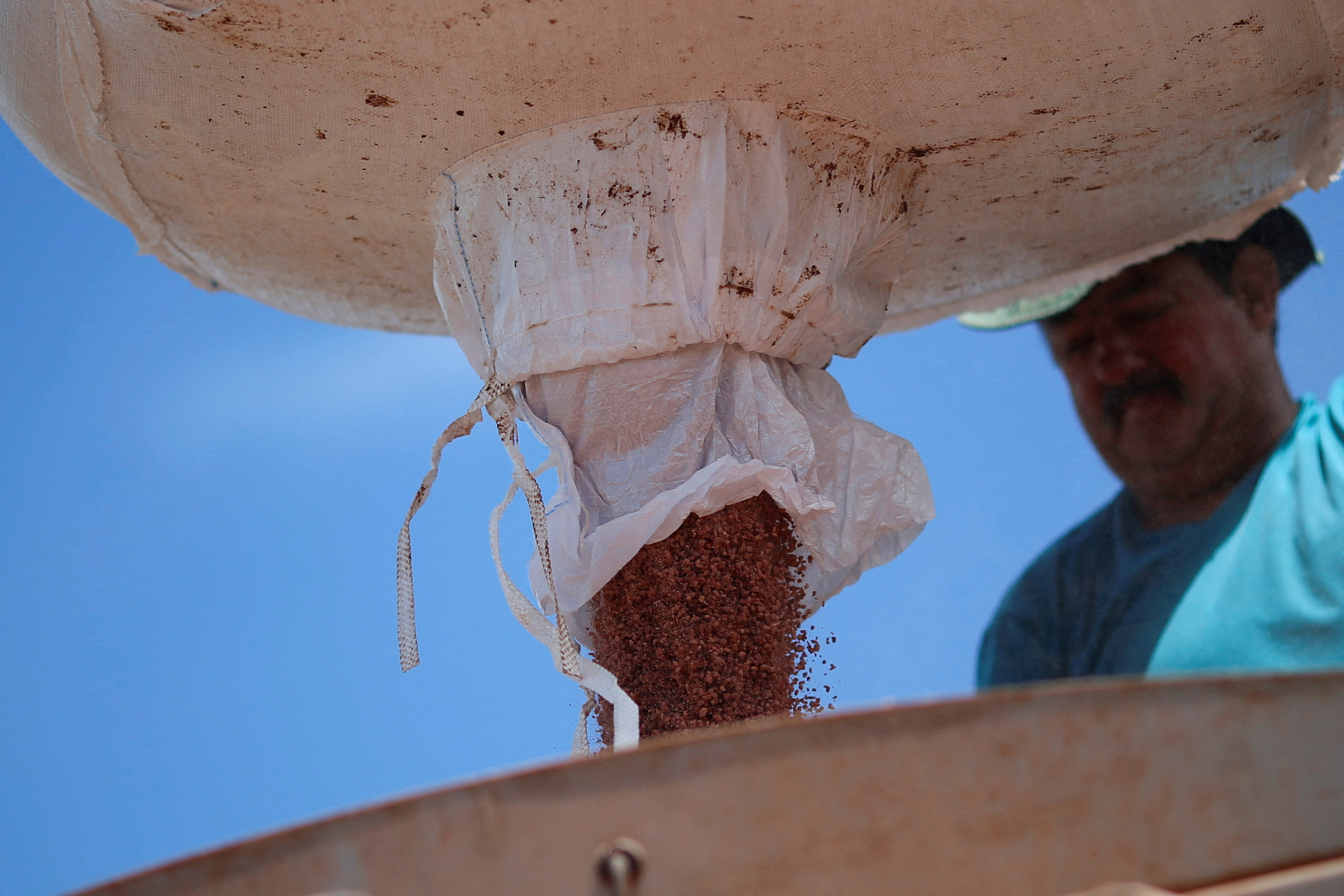pctay123
Publish Date: Thu, 05 Sep 2024, 07:56 AM

NAPERVILLE, Illinois, Sept 4 (Reuters) - Farmers in Mato Grosso normally start planting soybeans in mid-September, but an unusually dry stretch of weather in Brazil’s biggest producing state is likely to jeopardize their early efforts.
Dry Septembers in Mato Grosso typically cause soybean planting delays, pushing back the harvest date. That sometimes extends the export window for U.S. soybeans beyond January since Mato Grosso’s beans are among Brazil’s first to be harvested and exported.
August falls near the end of dry season in Mato Grosso, which produces 29% of the country’s soy crop. But last month’s rainfall was especially light and forecasts as of Wednesday show virtually no precipitation in the region through mid-September.
That follows an ominous trend in the center-west state as the last 12 months were the driest for that period in at least a quarter century, zapping soil moisture.
Brazil’s dry start could challenge the idea of a record soybean harvest in 2024-25, especially as planted area in the top bean exporter is seen growing at the slowest rate in nearly two decades because of the recent slump in global prices.
If a rainier pattern sets up toward the second half of September, production fears should somewhat ease. The bulk of Mato Grosso’s soybeans are sown in October, which is normally about three times wetter than September.
But if the remainder of 2024 stays dry, Mato Grosso’s yields will suffer, as was the case last year. October-December rainfall was nearly half of average levels, and the state’s soybean yields were the worst in eight years, down 16% from the prior year’s record.

Last year’s soy harvest in Mato Grosso was also marred by exceptionally hot temperatures through the entire growing season, much warmer than anything observed in recent years, perhaps ever.

That pattern luckily did not persist, however, as temperatures in the state were cooler than average over the past four months.
Brazil’s southern soybean states have also turned dry, but they will plant later than Mato Grosso, so there is time for the situation to improve. Soils have dried out in Parana after an abnormally dry August, and the forecast is dry until at least mid-month.
Moisture levels are ample in Rio Grande do Sul, though the near-term forecast is also dry as in Parana. Together the two states account for between 25% and 30% of Brazil’s soybean output.
Recent industry predictions place Brazil’s upcoming 2024-25 soybean crop between 165 million and 170 million metric tons, up between 8% and 15% on the year depending on which 2023-24 estimate is used.
But if better weather does not soon materialize in Mato Grosso and other key growers, Brazil could fail to reach its soybean production potential for a second consecutive year.
Karen Braun is a market analyst for Reuters. Views expressed above are her own.
Sign up here.
https://www.reuters.com/markets/commodities/acute-dryness-brazils-top-soy-state-may-disrupt-planting-2024-09-05/












